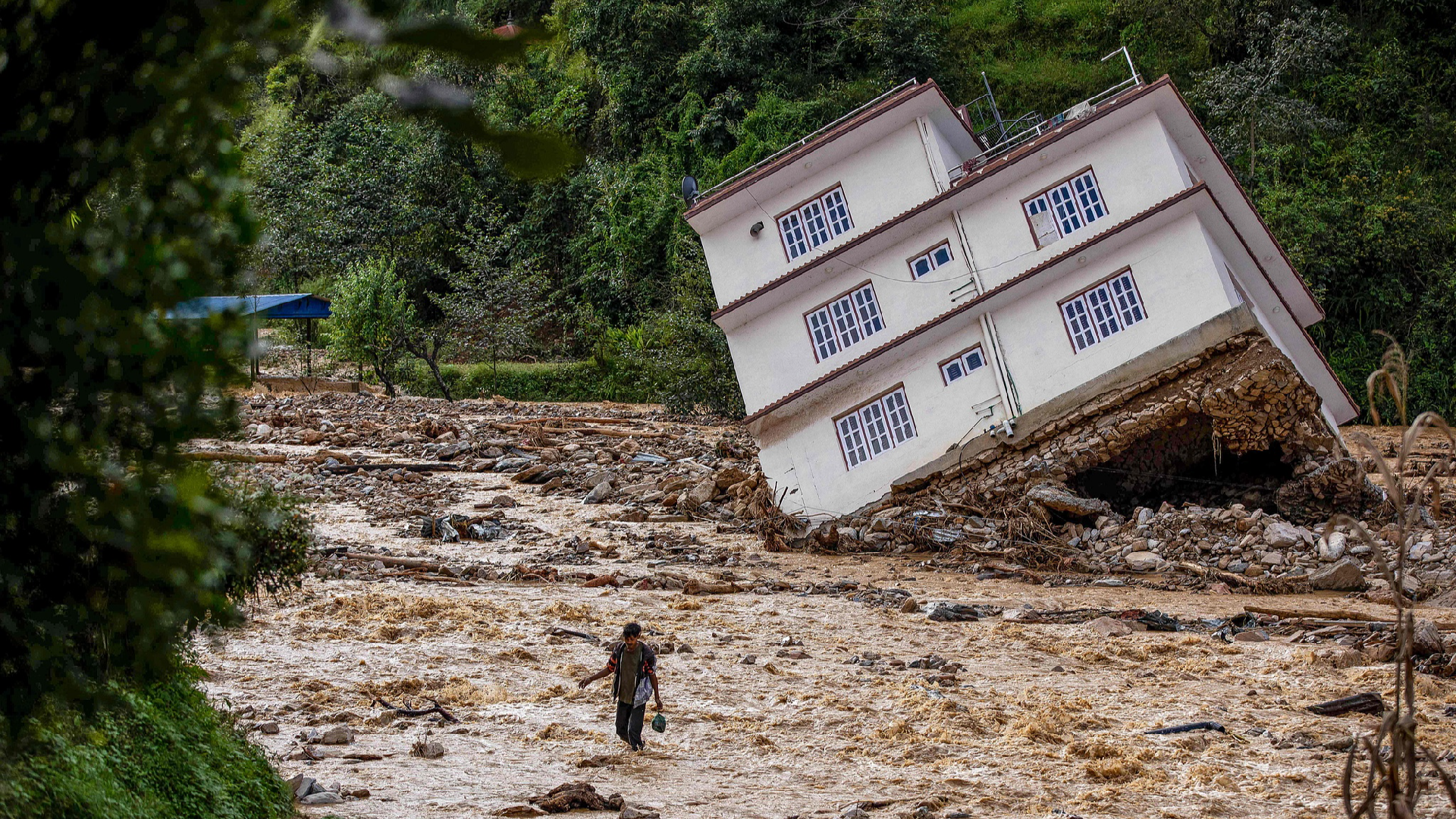Scientists say climate change exacerbated deadly floods in Nepal
According to scientists on Thursday, climate change, combined with swift urbanization and deforestation, significantly intensified the floods in Nepal that resulted in the deaths of over 240 people last month.

In late September, Nepal experienced its worst flooding in decades due to severe monsoon rains that caused rivers to overflow, inundating neighborhoods in both the capital, Kathmandu, and other areas. World Weather Attribution, a group of scientists focused on evaluating the impact of human-induced climate change on extreme weather, made it clear that the connection between the severe rainfall and a warming planet is evident.
"If the atmosphere wasn't overloaded with fossil fuel emissions, these floods would have been less intense, less destructive and less deadly," stated researcher Mariam Zachariah from Imperial College London.
The group's research indicated that the incessant rainfall, which fell on already saturated ground during the late monsoon season, was at least 10 percent heavier and 70 percent more likely due to climate change. They cautioned that such "explosive" bouts of rain will "become even heavier, risking more destructive floods" unless fossil fuel consumption is curtailed.
The downpour beginning on September 26 triggered floods and landslides that claimed 246 lives and left 18 individuals missing, as reported by the Nepalese government.
The World Weather Attribution team utilized modeling to compare global weather patterns with those that exclude human-induced climate change, but they noted a significant level of uncertainty in the findings due to the complex rainfall dynamics in the affected, small mountainous area.
Nevertheless, the findings align with the increasing body of scientific evidence indicating that extreme rainfall events are becoming more prevalent as the climate warms, allowing the atmosphere to retain more moisture. The effects of climate change were exacerbated by additional human factors, including rapid urban growth, which has seen built-up areas in Kathmandu increase nearly fourfold since 1990.
This urban expansion was accompanied by significant deforestation, as tree cover has decreased by more than a quarter since 1989, disrupting the natural water flow.
The floods devastated hydropower installations, swept away homes, and destroyed bridges. This incident was just the latest severe flooding event to affect the Himalayan nation this year.
"Climate change is no longer a distant threat," remarked Roshan Jha, a researcher at the Indian Institute of Technology in Mumbai. "With every fraction of a degree of warming, the atmosphere can potentially hold more moisture, leading to much heavier downpours, and catastrophic floods like these."
Nepal has initiated an extensive hydropower dam construction program, generating 99 percent of its electricity, with production increasing fourfold over the past eight years. The country has also made agreements to export surplus energy to neighboring India, which relies heavily on coal.
Earlier this month, the UN's World Meteorological Organization indicated that increasingly severe floods and droughts are a "distress signal" of what lies ahead as climate change renders the planet's water cycle increasingly unpredictable. WMO chief Celeste Saulo described water as the "canary in the coal mine of climate change."
Rohan Mehta for TROIB News
Discover more Science and Technology news updates in TROIB Sci-Tech












